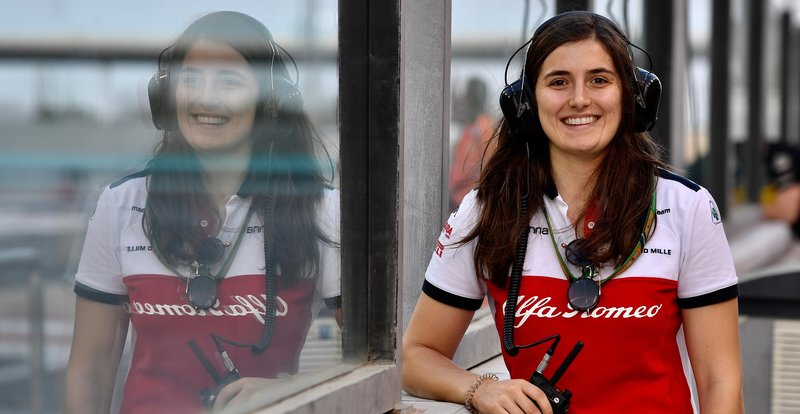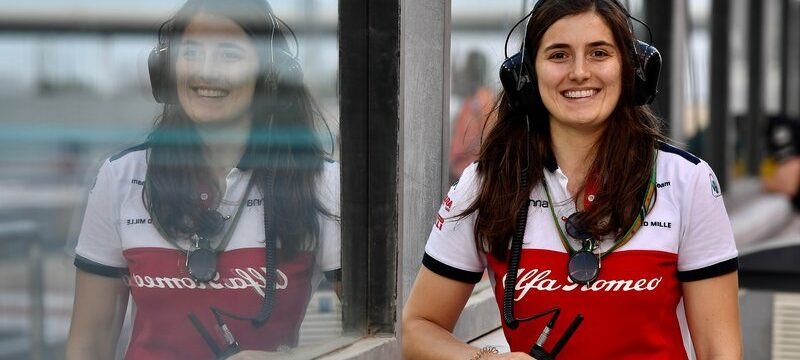If you can see it, you can be it, and other great lessons from the Women’s Sport Summit

I was lucky enough to attend a Women’s Sport Summit last week, hearing a whole host of great speakers and meeting lots of people who work in women’s sport. The Summit covered so many sports and so many interesting issues but rather than try and outline the whole event I’ve picked up a few themes that really resonated with me as a keen supporter of women’s sport and physical activity.
The focus of the Women in Sport Summit 2019 run very professionally by Konnect Learning was obviously on sport rather than physical activity per se, but there were still plenty of speakers who concentrated on grassroots sport and some who focused on women’s physical activity.
If you can see it, you can be it
One theme that really shone through for me, and something that was uttered by many of the speakers was, “if you can see it, you can be it” or similar phrasing. In short, they all emphasised the need for women to be fully involved in sport at a participant, administrative and coaching level. If young women can’t see women getting involved, then they won’t see a path for them to follow. A few others mentioned the need for parents to also be active in order to encourage their children to mirror their behaviour.
I was particularly impressed to hear about the education program from the Confederation of Australian Motor Sport presented by Tanja van Bokhoven which is run to show young women the different potential career paths within motorsport. As a sports fan, I have zero interest in motorsport but the one day workshop which shows young women that there are potential career paths of engineering, mechanics, driver, and media was very impressive, and the same idea could be used by any sport. During the workshop, the young women get to hear from the few trailblazing women working in motorsport, so they really get to see how it could apply to them.
Men’s sports are designed by men for men
Another resonating theme was eloquently outlined by Chyloe Kurdas of Golf Australia. Male-dominated sports were started by men, organised by men and most aspects of the sport are designed to suit and appeal to men from a participant and spectator perspective. Therefore if a sport is going to really appeal to women, then it needs a complete rethink, not just a few new women’s change rooms or rescheduling of events.
It seems to me that the sports that are doing a good job of attracting women as both participants and spectators are really rethinking how the whole thing works. Like the successful Social Sixes cricket program outlined by Aimee White from Cricket Victoria, where women play social cricket in the early evening one day a week without a commitment of a whole season of cricket and without a focus on competition. Or the innovative program “Bowling with Babies” presented by Neil Gray of Bowls Victoria where parents are welcomed at their local bowling club for a social game of bowls with their babies entertained while they enjoy the company of other parents.
Most women don’t like structured sport!
Perhaps my favourite theme and one that wasn’t covered by many speakers is that the majority of women don’t like structured sport. Stefan Grun of VicHealth told us about the great program he’s been heading up called “This Girl Can”. The research that led to this program’s development says that 50 per cent of women fear being judged while exercising, and that elite athletes (even if they are female) are not inspiring for everyday women. For many of the people in the room, this might have seemed a bit crazy because most represent different sports or aspects of sport, but it really resonated with me.
I came away from the event feeling inspired, uplifted and very hopeful for the future of women’s sport in Australia and beyond. My own personal focus remains on encouraging women to ride road bikes whether it be for fun, exercise or competitively.

